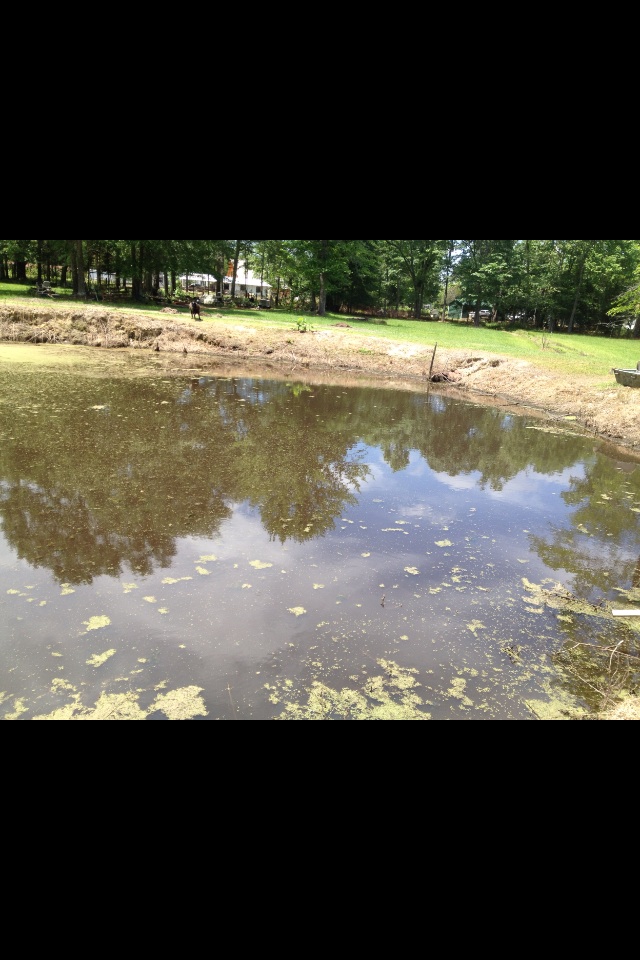RobStar said:
do you know how waste water treatment plants turn shitty brown turbid sewage into cleanish low turbidity water? its mostly just aeration. the aerobes consume the available nutrients then go dormant and fall to the bottom.its alot more complicated than that, but thats like the overarching principal here.
The aerators have a mechanical effect as well - they turn the whole mess into poop soup. This then placed in concrete ponds where the "water" is drained off and the remaining "solids" are left to dry out and solarisation reduces the parasite load and the nitrogen volatilises. The "water" is then put into lagoons that often have clinker mixed into the soil - to allow for a larger surface area for bacteria to colonise. Here the nutrient load is generally reduced sufficiently for it be "safe" release - often with stupid amounts of ferric sulphate (to help reduce the phosphates) and hydrogen peroxide (to prevent anaerobic conditions caused by the massive biological oxygen demand). Water purification by traditional engineering means is a very expensive and inefficient process. There are natural processes that can be more cost-effectively engineered with higher efficiency and lower environmental costs. Sorry for the Hi Jack!
The main issue with your pond is that there is a constant influx of nutrients. Until these are dealt with the environmental conditions will constantly select for a monoculture haven. I agree with queequeg125 that installing any remediation such as swales or even Constructed Wetlands is a potentially error-ridden situation. These need to be very well planned and constructed (taking into account especially nutrient loading and flow rate). I would strongly recommend Floating Reed Islands. They are very simple to construct and we have excellent results with them.
Regarding grass carp - diploid fish are capable of breeding. Triploids are generally sterile males. Just be 100% sure that there is now way they can enter larger waterbodies where there is a strong seasonal inflow - they will breed! In the northern parts of South Africa everybody thougfh the co;ld winters would inhibit breeding when an aquaculture farm's ponds burst and released the fish into a large impoundment - they multiplied like rats! Here where I reside in the Western Cape grass carp may only be sold if they have a certificate guaranteeing that they are sterile triploids and have a micro-chip transponder in them - each certificate is linked to a fish.
Good luck!
not all aeration provides spiral roll or mixing at all.
fine bubble aeration for example often does not.
the cost of mixing with aeration is FAR higher than the cost of say a fine tuned submerged propeller like in oxidation ditch set ups. you loose energy to heat as you compress air... the heat is lost to the environment on its way through the distribution system.
if you control aeration based SOLELY on dissolved oxygen content you stand to save a huge shit load of electricity... often times during off load hours oxygen demand is so low that the aeration is not sufficient to provide the required mixing to prevent solids setteling in the aeration basins... so pumping is needed.
regarding sludge processing... this is not always the case. there are MANY sludge handling methods including incineration and land filling... larger plants have entire buildings dedicated to sludge handling.
digested and thickened sludge still has lots of shit in it that anarobes in the digestion basin could not... often the digested or thickened sludge from the activated sludge process is then send to a dedicated anaerobic digester where it is kept warm and allowed to further digest in an environment that favors agressive anarobic digestion.
the process evolves alot of methane that can be recycled in the plant for more process heat or even power generation.
nyc has a famous WWTP that has like 6 of these egg shaped anaerobic digesters. its a very nice plant that they have there.
after the sludge is removed from the anarobic digester its stable and almost all of the volatiles are gone... from there its usually just dewatered and landfilled or used in fertilizer blends... sold to farmers or what ever else they want to do with it. when you can avoide incineration you stand to save a shit load of money.
allowing sludge to dry in the sun is very problematic... its going to stink to high hell, and its not going to proceede at a reliable rate without controlling its temperature and water content.
most large scale operations will at the very least have a belt press to dewater the digested sludge prior to land filling( water is heavy, landfilling is costly). the larger and larger an operation gets, the more sense it makes to further digest the sludge so that you dont have to pay out the ass for someone else to stabilize it and to landfill it.
ive never even heard of sun drying sluge to be honest. maby im misunderstanding what your process is... is this sun dried sludge already stabilized by some other process? or is this sludge still full of volatiles? sounds like a bad idea to me either way.
idk what they do in south africa, but just decanting and letting the sun dry it out is not a very good or very reliable way to stabilize sludge.

